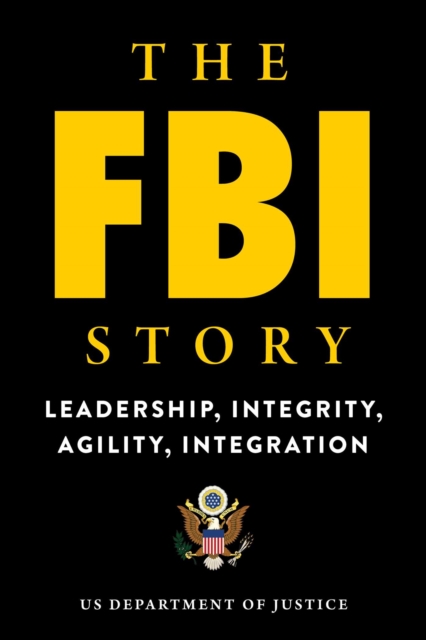


Madras Regiment: The infantry battalions of Travancore, Cochin and Mysore were merged into the Madras Regiment. Here’s a look at instances of integration that echo in the Indian Army even today: Soldiers undergoing military Razakar training They were commanded by Indian officers, unlike the British Indian Army, which was commanded by British officers. The British provided them training and equipment, while the princely states paid for it and provided the men. With this in mind, the British launched the Imperial Service Troops Scheme of 1885, which created a reserve force from various princely states. The Indian princely states were quite rich in resources as well as fighting men, and the British felt they could be used to ‘support’ the British Indian Army without becoming a threat. The possibility of a Russian invasion of India, through Afghanistan, had always been Britain's worst nightmare. In March 1885, the Russians defeated the Afghan army at Panjdeh, in present-day Turkmenistan, setting off alarm bells across the British establishment in India. During this time, the Russians conquered the Central Asian cities of Samarkhand and Bukhara and were eyeing Kabul and Punjab beyond it. 1911Īt around this time, the ‘Great Game’ was unfolding in Central Asia, where both Russia and the British were vying for power in the region. A painting depicting members of the Rajputanta Rifles, of all ranks and uniforms.


 0 kommentar(er)
0 kommentar(er)
